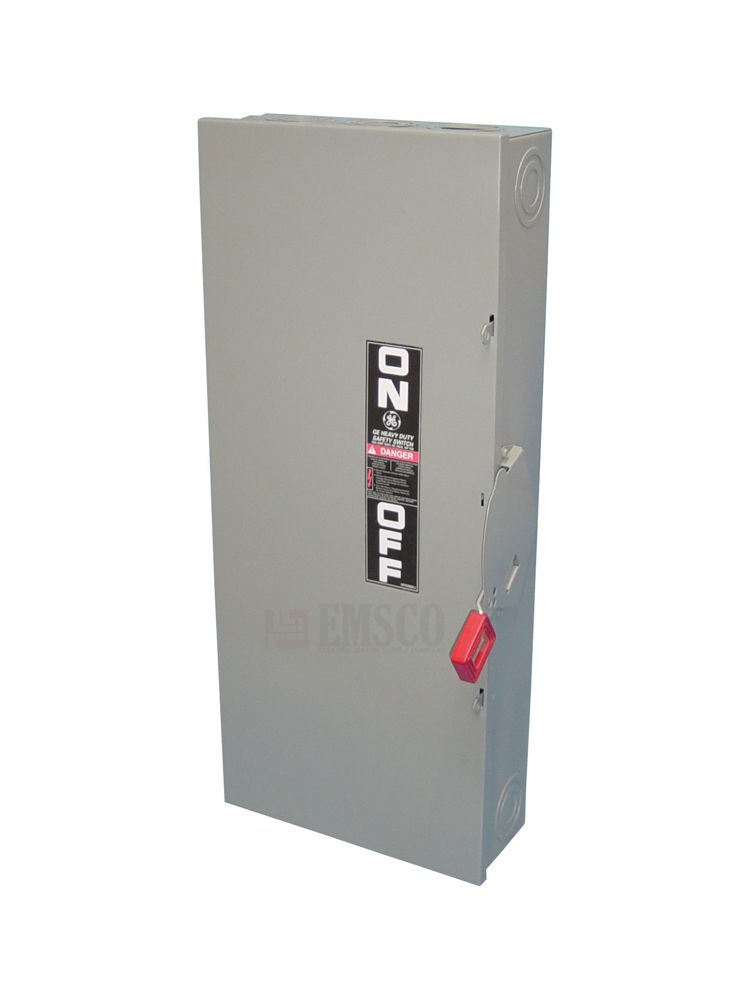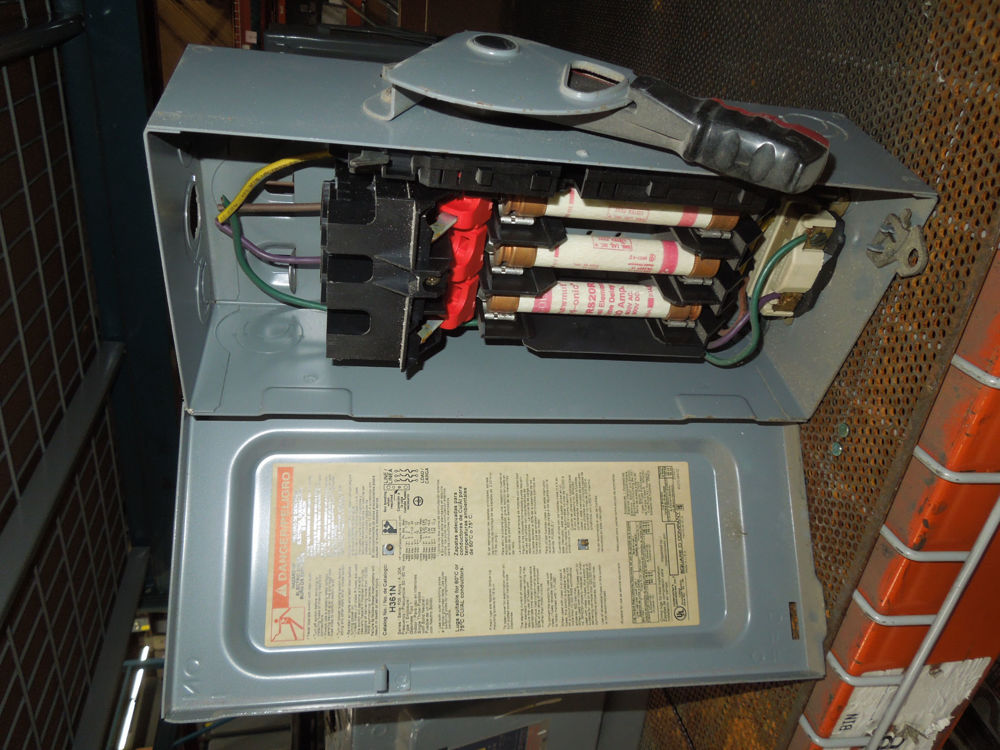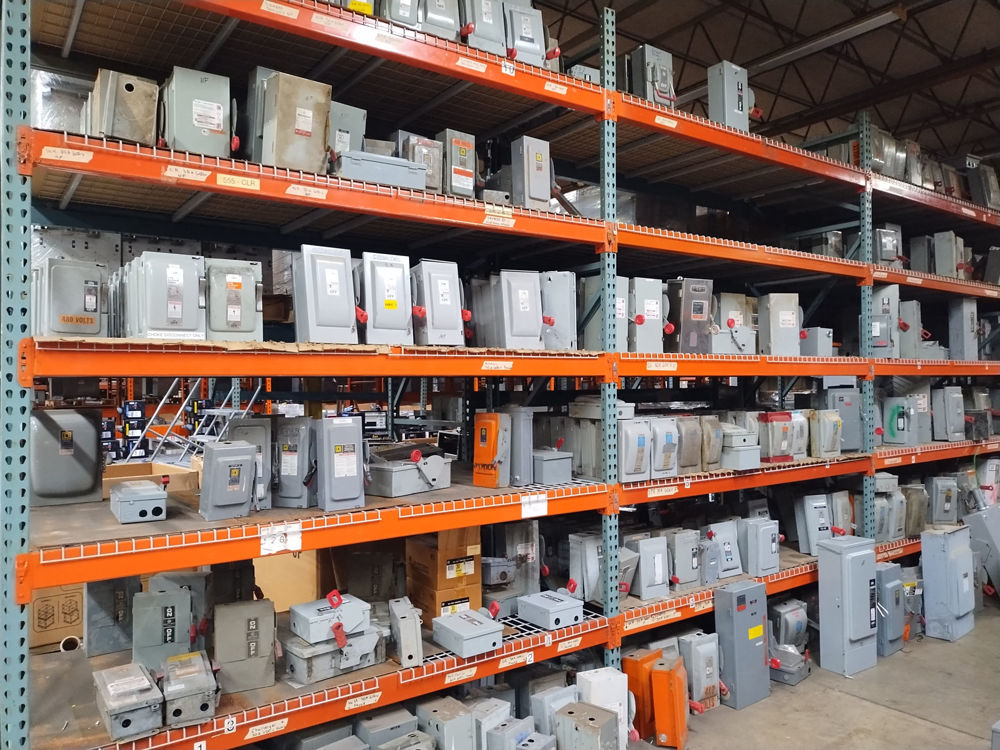Exploring the Basics of Safety Switches and Disconnects: Ensuring Electrical Safety in Your Facility
Tuesday, April 2, 2024

In any industrial or commercial setting, ensuring the safety of personnel and equipment is paramount. One critical aspect of electrical safety is the proper implementation of safety switches and disconnects. These devices play a crucial role in protecting against electrical hazards, preventing accidents, and facilitating maintenance work on electrical systems and machinery. In this blog post, we'll delve into the basics of safety switches and disconnects, exploring their functions, types, and importance in maintaining a safe working environment.
Understanding Safety Switches and Disconnects
Safety switches, also known as disconnect switches or isolators, are devices designed to quickly and safely disconnect electrical power to a circuit or piece of equipment. They serve as a means of isolating electrical circuits, machinery, or appliances to prevent electric shock, fire, or damage to equipment during maintenance, repair, or emergency situations.
Functions of Safety Switches and Disconnects
Isolation: Safety switches provide a physical break in the electrical circuit, ensuring that no power is supplied to the connected equipment or circuit when in the off position. This isolation is essential for preventing accidental contact with live electrical components.
Emergency Shutdown: In case of electrical faults or emergencies, safety switches offer a quick and reliable means of shutting off power to affected circuits or equipment, minimizing the risk of further damage or injury.
Lockout/Tagout (LOTO): Safety switches are often used in conjunction with lockout/tagout procedures to ensure that equipment remains de-energized during maintenance or servicing, preventing unauthorized activation and safeguarding personnel working on the equipment.
Types of Safety Switches and Disconnects
Fused Disconnect Switches: These devices incorporate fuses into the disconnect switch mechanism, providing overcurrent protection when excessive current flows along with the ability to disconnect power, preventing damage to equipment and minimizing safety risks.
Non-Fused Disconnect Switches: Non-fused disconnect switches offer a means of isolating power without the inclusion of fuses. They are commonly used in applications where overcurrent protection is provided elsewhere in the circuit.
Circuit Breaker Disconnects: Circuit breaker disconnects combine the functions of a disconnect switch and a circuit breaker, allowing for both disconnection and overcurrent protection.
Importance of Safety Switches and Disconnects
Electrical Safety: By providing a means of isolating power, safety switches and disconnects help prevent electric shock and electrocution hazards, safeguarding personnel working on electrical systems.
Equipment Protection: Disconnecting power during maintenance or repair activities helps prevent damage to equipment and extends its operational lifespan.
Fire Prevention: Properly functioning safety switches can mitigate the risk of electrical fires by quickly disconnecting power in the event of a fault or overload.
Compliance with Regulations: Many regulatory standards and codes mandate the use of safety switches and disconnects in industrial and commercial settings to ensure compliance with safety requirements and prevent accidents
Key Considerations When Choosing Safety Switches
Voltage and Amperage Rating: Select safety switches that match the voltage and amperage requirements of the electrical system they will be protecting.
Enclosure Type: Consider the environmental conditions (e.g., indoor, outdoor, hazardous locations) when choosing the appropriate enclosure type for the safety switch and select the appropriate NEMA rating for the disconnect switch.
Fused or Non-Fused: Ensure that you select the correct type for the applications of your electrical system.
Conclusion
Safety switches and disconnects are indispensable components in electrical systems, serving to protect both personnel and equipment from electrical hazards. Understanding their purpose, types, and key considerations is essential for ensuring a safe and compliant electrical environment. By prioritizing safety and selecting the right safety switches for your application, you can mitigate risks and create a secure work environment. Remember, when it comes to electrical safety, there's no room for compromise.


Shop the largest selection of used and reconditioned safety switches

